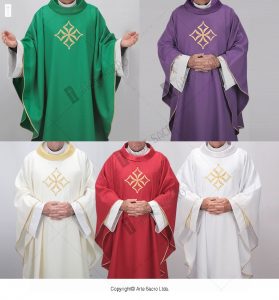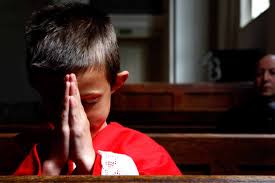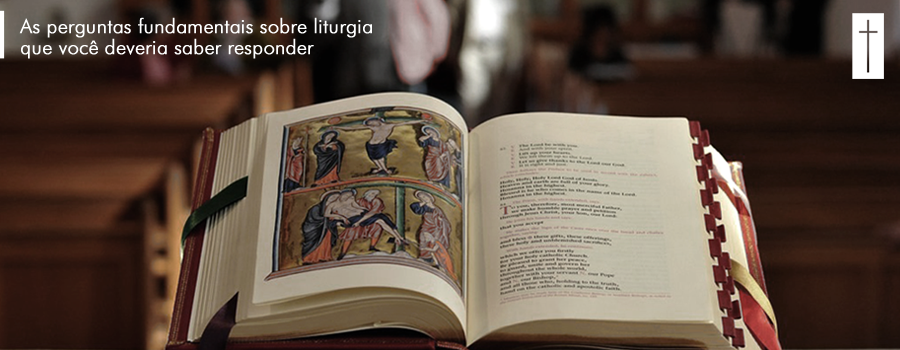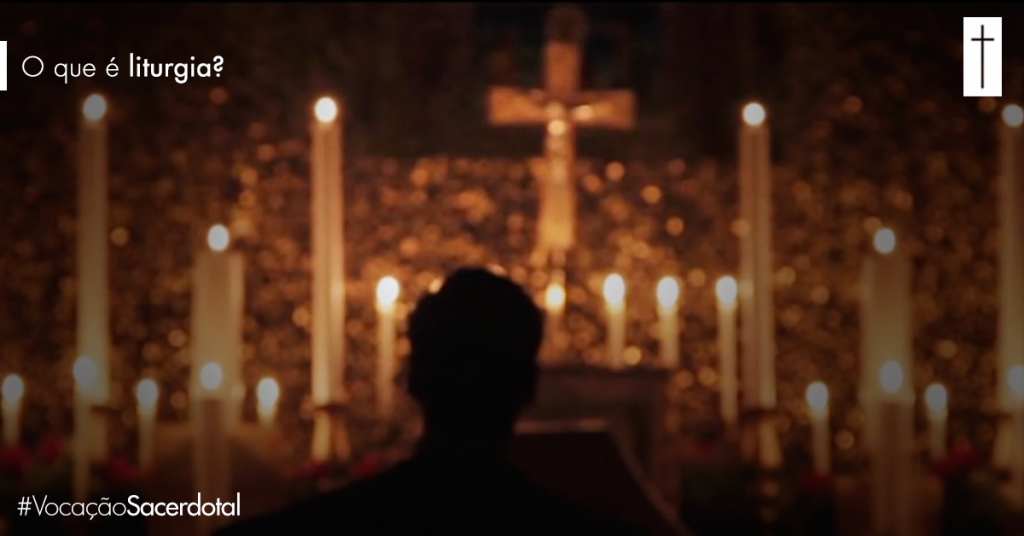 The use of Catholic incense in the Celebrations draws attention to the sacredness of that moment, even though the faithful do not understand the full meaning of it. Burning incense expresses reverence and prayer, following the example of Sacred Scripture:
The use of Catholic incense in the Celebrations draws attention to the sacredness of that moment, even though the faithful do not understand the full meaning of it. Burning incense expresses reverence and prayer, following the example of Sacred Scripture:
“May my prayer rise to you like the smoke of incense” (Psalm 140, 2).
However, the faithful need to know that Catholic incense used in the Church’s Liturgy is not the same as the ones used in African cults and not even similar to the rods used in the Eastern and Asian religions.
But, after all, what is the meaning of incense to Catholics? Why is it used by other people?
The incense in Christianity
The use of incense by Christians is a tradition with deep spiritual roots. For thousands of years the incense has been a gesture that expresses adoration of God. In the Tabernacle, as in the temple, God commanded that an “altar of incense” was built. God also commanded Aaron, the high priest, to burn “a perpetual incense before the Lord throughout your generations” (Exodus 30: 8).
It was from the fourth century that the Church adopted the incense in its rites to express honor to the altar, to the relics, to the sacred objects, to the priests and to the faithful. But it was only in the ninth century that it was also used at the beginning of the Mass and only in the eleventh century that the altar became the center of the incense. Soon the incense was also used on the offerings of the bread and wine – Christ’s body and blood – recalling the Epiphany of the Lord: ‘’On coming to the house, they saw the Child with his mother Mary, and they fell down and worshiped Him. Then, they opened their treasures and presented Him with gifts of gold and frankincensa and myyrh’’ (Matthew 2:11).
In the Mass’ Liturgy, during the penitential act, the action of incense, is made to atone for sins, to clean us, to purify us. The gesture of incensing the gospel shows a veneration of the Holy Bible. And at the moment when the faithful are incensed, it is remembered that the Holy Spirit dwells in all. In this spirit, it is recommended that the believer bow his head and trace the cross sign as he meditates in his heart with a prayer. A suggestion of prayer for this moment would be:
“May my prayer rise like this incense before you, and may your mercy descend upon us.”
Christians also use incense in the funeral liturgy demonstrating that the deceased remains a member of the Church, sanctified by the sacraments. Therefore, his dead body is honored with incense remembering how the holy women, on Easter morning, wanted to honor the body of Jesus by anointing it with precious oils.
The use of incense by other peoples
The Roman and Greek peoples in their temples had an altar for incense, which was used as a sign of homage and adoration of idols. In the cult of the emperor, the act of incense had the value of recognition of the religion and condition of the emperor as god.
Among the Etruscans, the high priest burned the incense in decorated fires and, with a trumpet sound, announced the end of a period and the beginning of a new time. In Greece, it was customary to incense the victim of sacrifice to make it more acceptable to divinity. Also by the Greeks the incense was offered to the gods and burned in the homes of the sick, believing that it had a therapeutic end.
The Israelites mixed the incense with other perfumed substances and with it the high priest entered the most sacred and reserved space of the temple. And among the Egyptians, the use of incense dates back at least fifteen centuries before Christ. To them, incense was the “perfume of the gods.” They used this perfume for temple rituals, convinced that incense could bring the desires of men to the divinity. They also defined it as the “sweat of the gods that falls on the earth”.
In India incense is burned during yoga meditations in order to facilitate the encounter with the divinity. Indians also use incense to perfume crematorium ovens, as a rite of passage from earth to outer life. In addition, they use incense also for the treatment of nervous and rheumatic diseases.
In Africa incense is used to soothe stomach aches, to improve liver function and blood circulation.
In Europe, in some Austrian and Swiss towns, incense is burned in the houses between Christmas and Epiphany to ensure the good health of all. They also often burn incense during wedding parties and at silver, gold and diamond wedding.
In Central America the Maya associated the incense to the moon, a female symbol of life.
By Catholic incense, prayer rises to heaven
Unlike the use of incense by other peoples, for Christians, the act of incense involves a sacred atmosphere of prayer that, like a fragrant cloud, rises to God. In Catholicism, before being used, incense receives a blessing, so it acquires a sacramental value – sacred sign.
To be used in the liturgy, in addition to the blessing, incense must follow the criteria of production and raw material. Therefore, it is not any material that can be used in divine cult.
So now that you have learned more about it, when you are at Mass, look closely at how this material is treated in the liturgy.
Did you like the text? Share with your friends.
References:
Catechism of the Catholic Church (CIC 2111)
Magazine Parishes & Religious Houses, year 1, n.05, March / April 2007
http://www.liturgia.pt/documentos/incenso.php







 Liturgical Team in communion with the other pastoral
Liturgical Team in communion with the other pastoral






